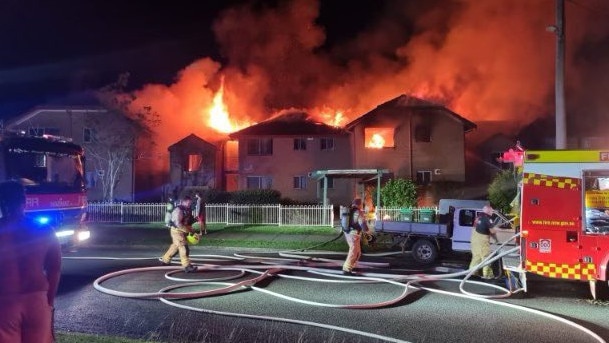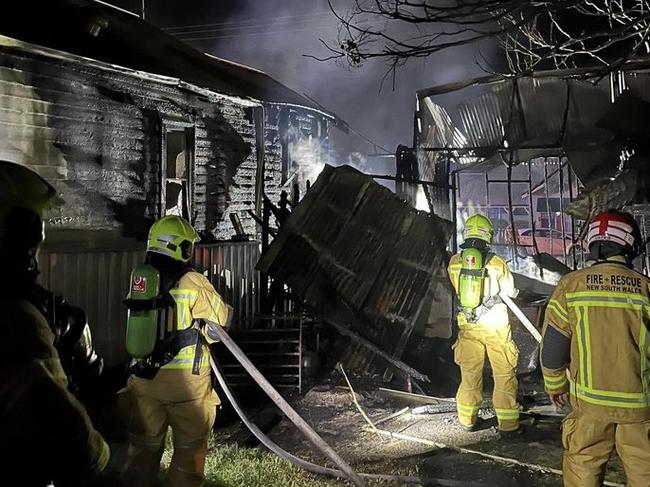Questions over Fire & Rescue NSW strategy as fatalities soar as firefighters fall
Fire fatalities in NSW have reached the highest point in more than a decade amid flatlining firefighter numbers failing to keep pace with the state’s soaring population.

Fire fatalities in NSW have reached the highest point in more than a decade amid flatlining firefighter numbers failing to keep pace with the state’s population and executives jettisoning target times for responding to blazes.
The six-year spike has come as Fire & Rescue NSW has engaged in an expensive strategic revamp – named the “Plus Plan” – which has criticised by some frontline firefighters as a glorified rebranding exercise that will have little utility in protecting the community.
An investigation can reveal that as firefighter numbers have declined, executive positions have doubled and consultant costs have blown out by 137 per cent since 2016, raising questions about whether taxpayers dollars are being directed where they are most needed.
A five-year report compiled by FRNSW completed in January shows the level of fatalities and incidence of fatalities per 100,000 people has averaged upwards since there were four fire-related deaths in 2016, with 88 recorded over the period. 52 of which were identified as being preventable.
The report outlines there were 22 fatalities in 2021, while it is understood the yet-to-be reported figure for 2022 is 28 – seven times the four deaths in 2016. It is the highest number of fatalities since 2012 when the Quakers Hill nursing home fire claimed 21 lives.
Preventable deaths have also trended upwards over the past five years, with the two fatalities recorded in 2016 blowing out to 13 in 2021. The number of fatalities has climbed despite the number of accidental residential structural fires declining over the studied period.
Since 2011, the number of retained firefighters in NSW has fallen by 139, while the number of stations has fallen by four, despite rapid urban sprawl in Sydney’s west. The fire engine fleet has increased by 58 vehicles in this time.
With the release of the report, FRNSW said response times – the time it takes firefighters to reach blazes – were “a critical factor in saving lives, preventing injuries, and mitigating fire extension”.
Since the early 2000s, the organisation has moved away from a “Guarantee of Service”: an objective to provide help within 10 minutes from the time of call on 90 per cent of emergency occasions.

When probed in budget estimates in 2021 about whether a “benchmark” for responding to blazes in the metropolitan area still existed, FRNSW Commissioner Paul Baxter said there was “no benchmark as such” and declined to say what the response time objective was.
Mr Baxter said the 90th percentile average was 11 minutes and 58 seconds in urban fire districts.
A spokeswoman for FRNSW described the 10-minute metric as an “antiquated measure of performance” that had not been used in “about a decade”.
Retired firefighter Bob McGowan, a 38-year veteran of FRNSW, said he could not comprehend why the organisation had moved away from key-performance-index response times as every second saved made a difference. “Every operational firefighter … will say rapid response times and getting quick water on to the fire saves lives and property,” he told The Australian.
He said successive budget cuts under the previous Coalition state government from 2014-15 had resulted in key services being cut.
In the run-up to the NSW election, Premier Chris Minns committed $50m to boost the NSW firefighting force by 600 personnel over the next three years.





To join the conversation, please log in. Don't have an account? Register
Join the conversation, you are commenting as Logout